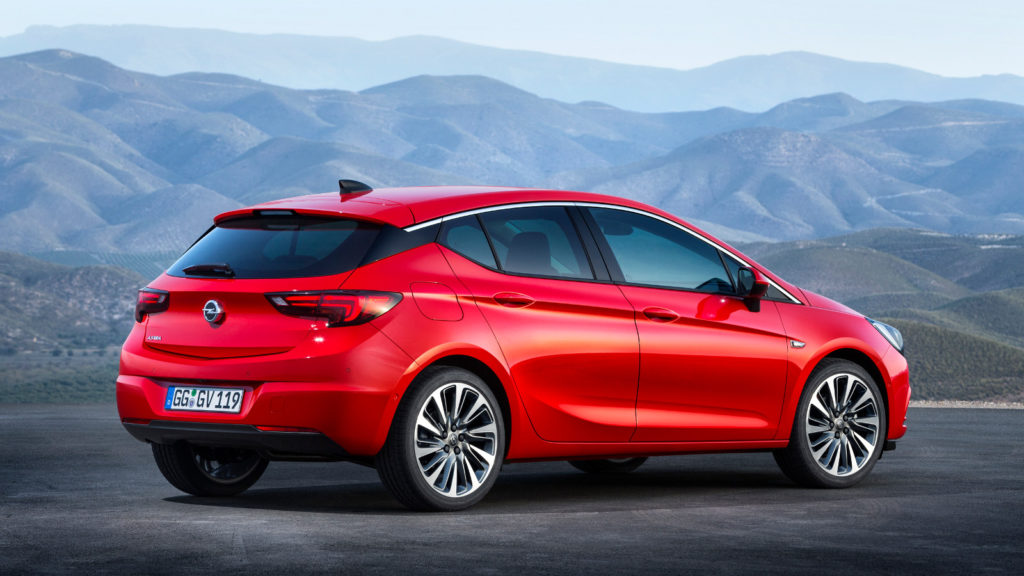LG’s 100-Inch QNED evo AI TV Redefines Big-Screen Viewing in South Africa In a bold leap forward for home entertainment, LG Electronics South Africa…
Just how did Opel shave up to 200kgs off the new Astra? [Sponsored]

The latest Astra has quite a few interesting features, but Opel has also touted its much-reduced weight, claiming to cut up between 120 and 200 kilograms from the new car (depending on the model).
The result is improved fuel economy and comfort as well as a better driving experience, the company said.
How exactly did the German automaker manage to shave this much weight from the vehicle though? Fortunately, Opel shed some light on this for us…
Where did all the savings come from?
For starters, a new manufacturing process and the use of “high and ultra-high strength steel” resulted in 77 kilograms being shed. This accounted for the most weight saved by quite a margin compared to the rest of the solutions.
The rear axle, wheel/tyre diameters and braking systems also received some attention, resulting in weight savings of 50 kilograms, Opel explained.
The reduced wheel and tyre diameters alone resulted in savings of up to 11.5 kilograms, the company said. Ten kilograms was lost by introducing a more compact braking system – less mass means less braking power is needed, after all.
Next on the list for weight-saving was the car’s electronics, which yielded weight loss of 11 kilograms.
Opel managed to also introduce a new generation transmission and new seat structures, each delivering 10 kilograms of weight saved.
The final area of significant weight savings came from the exhaust system, bringing 4.5 kilograms of weight loss.
Lighter but larger?
Other than these major areas, Opel also cut down weight by introducing an aluminium engine, reducing the outer dimensions and delivering an integrated front subframe.
In an interesting move, the automaker also managed to save weight (and production costs) by tweaking the aerodynamics, making additional aerodynamic panels unnecessary.
Despite the reduced weight and compact design, Opel says the new Astra has even more interior space than before.
The company says there’s 35mm more legroom, an extra 1.5cm of space between the front and second row of seats and 2.2cms more headroom for the driver than the previous model.

